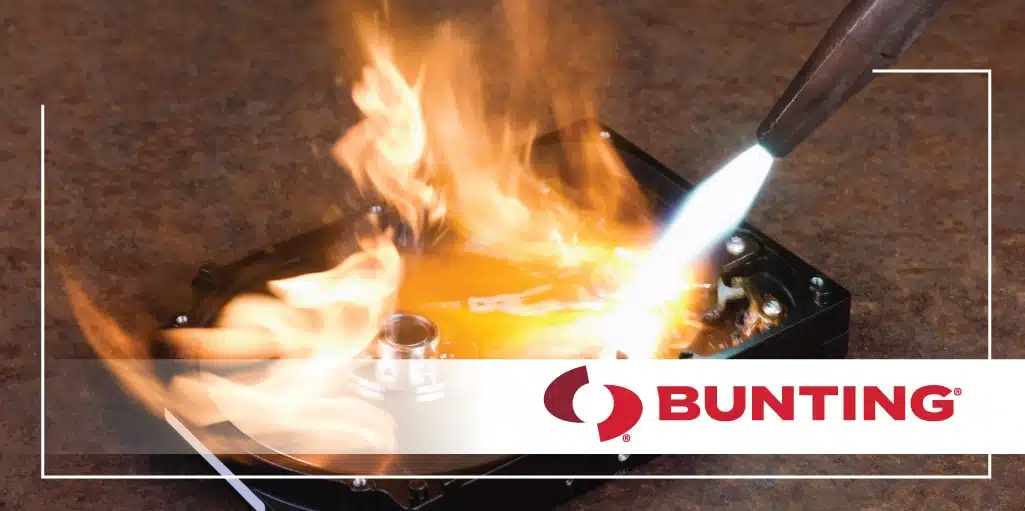What is Curie Temperature and Why Does it Matter to Magnets?
News
When talking about magnets and magnetic properties, you may come across the term “Curie point” or “Curie temperature.” A magnet’s Curie temperature is defined as the maximum temperature a material can reach before its magnetic properties are lost. Once a magnetic material reaches its Curie temperature, any spontaneous magnetization in the material becomes zero. Once material reaches this point, it stops being considered a ferromagnetic material and instead becomes a paramagnetic material.
Now, you may be questioning what the difference between paramagnetic and ferromagnetic materials is. To explain this, we have to dive into what creates the force of magnetism in a material to begin with. Force of magnetism within a material is determined by its magnetic moment. The magnetic moment is a dipole moment within an atom that originates from the angular momentum and spin of electrons. There are different structures of intrinsic magnetic moments found in different materials, and it is temperature that determines the alignment of these intrinsic magnetic moments. This is why when a material reaches its Curie temperature, it means the material has reached a critical temperature point that causes the intrinsic magnetic moments within it to change direction.
For a material to be magnetic in the first place, it must have magnetic moments that are aligned in a specific way. Induced magnetism is then created once a collection of disordered magnetic moments become forcibly aligned in an applied magnetic field. When a material reaches its Curie temperature, the alignment of the material’s magnetic moments is forced into a disordered state. Going off of this same principle, the magnetic strength of materials weakens progressively as a material is exposed to increasingly higher temperatures. When higher temperatures are present, magnetic moments begin to shift more and more out of alignment. As a general rule, the strength of magnets weakens when they are exposed to higher temperatures.
Curie temperature is just one significant temperature value that affects magnets. In addition to having a Curie temperature, each type of magnetic material also has a different maximum operating temperature.
Maximum operating temperature is the main temperature value to consider when selecting a magnet for an application. Most people will be inclined to think strength is the most important characteristic of a magnet, but if high temperatures result in demagnetization, even the strongest magnet can be rendered useless. The magnets with the highest maximum operating temperatures are alnico magnets, which can tolerate temperatures between 450-900°C. Samarium cobalt magnets, a type of powerful rare earth magnet, have the second highest maximum operating temperature, and can tolerate temperatures between 250-350°C. Standard neodymium magnets have a maximum operating temperature of 80°C, although high temperature neodymium magnets can be used at operating temperatures from 140-200°C. Finally, ceramic magnets have a maximum operating temperature of up to 300°C.
It is important to consider the operating temperature of your application when selecting which magnet to use.
All magnets weaken in strength when exposed to higher temperatures, but each magnet material has a different maximum operating temperature. For more information on selecting the appropriate magnet material for your application, Contact BuyMagnets.com today.
